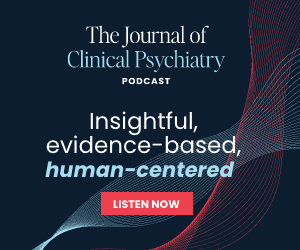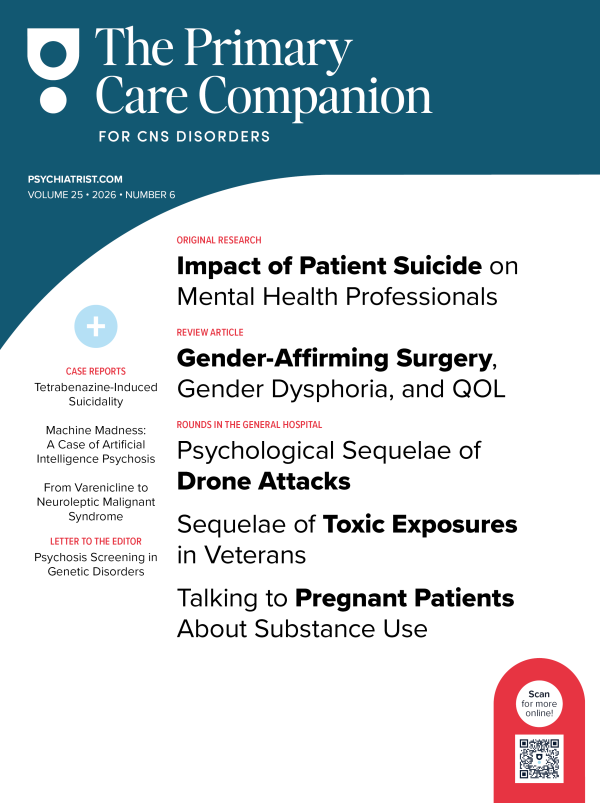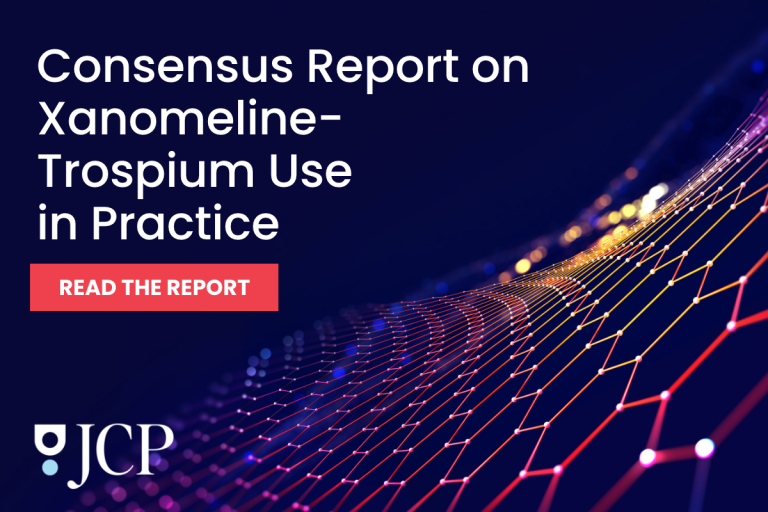Enuresis, as per the DSM-5, refers to repeated involuntary urination during sleep at least twice a week in children aged 5 years or older for a minimum of 3 months or enuresis that causes significant distress or functional impairment.1 Its etiology is multifactorial, involving genetic, neurological, urological, and psychosocial factors.2 Psychiatric comorbidities such as mood disorders, anxiety, and attention-deficit/ hyperactivity disorder are common, with stress and family dysfunction often exacerbating symptoms.3
We report the case of a 15-year-old girl with primary nocturnal enuresis and mild depressive symptoms, who later developed catatonia while on imipramine. The case highlights diagnostic complexities, medication-induced effects, and the possibility of an evolving bipolar spectrum disorder.
Case Report
A 15-year-old girl presented to the hospital with primary nocturnal enuresis and mild depressive symptoms. Family history was positive for bipolar affective disorder in a second-degree relative and alcohol dependence in her father. Initial mental status examination revealed an anxious mood. She was started on imipramine 25 mg, which was increased to 50 mg after 2 weeks, leading to symptom resolution.
Subsequently, while on imipramine 50 mg, she developed persecutory fears, became withdrawn, refused food, and remained immobile for long periods. A psychiatrist initiated lorazepam 4 mg, risperidone 4 mg, trihexyphenidyl 2 mg, imipramine 50 mg, and escitalopram 10 mg. Her fears and withdrawal improved within days.
About a week later, she developed mutism, posturing, and rigidity, suggestive of catatonia. Hospitalization followed, and she was treated with lorazepam 6 mg and olanzapine 10 mg. Imipramine, escitalopram, and risperidone were continued. Significant improvement was observed within 4 days. During admission, a urologist prescribed mirabegron 25 mg for enuresis.
Within a week of discharge, she developed manic symptoms, including talkativeness, overfamiliarity, elevated energy, decreased need for sleep, and irritability. Mental status examination showed pressured speech and an irritable mood. Escitalopram was discontinued, imipramine was reduced to 25 mg, and olanzapine 10 mg was continued. Her manic symptoms subsided, and she is currently stable on imipramine 25 mg and olanzapine 10 mg, with no further episodes of enuresis.
Discussion
This case underscores diagnostic and therapeutic challenges in managing evolving psychopathology. Imipramine, though effective for enuresis, can exacerbate psychotic symptoms in those predisposed to mood disorders.4 It also inhibits serotonin reuptake, a mechanism implicated in catatonia.5 Serotonergic dysregulation has been associated with catatonic features in bipolar disorder.6
The addition of escitalopram, a selective serotonin reuptake inhibitor, likely increased the risk of treatment-emergent mania in the context of her familial vulnerability.7,8 This reinforces the need for caution when using antidepressants in patients at risk for bipolar disorder.
Mirabegron’s role in psychiatric symptomatology remains unclear; however, as a β3-adrenergic agonist targeting bladder function, its impact on central neurotransmission is minimal.9
Overall, the case emphasizes the need for careful psychotropic selection in individuals with a familial predisposition to bipolar affective disorder. Early mood stabilizer use may offer a more appropriate long-term strategy than antidepressants alone, potentially preventing further mood destabilization.
Article Information
Published Online: September 18, 2025. https://doi.org/10.4088/PCC.25cr03961
© 2025 Physicians Postgraduate Press, Inc.
Prim Care Companion CNS Disord 2025;27(5):25cr03961
Submitted: March 8, 2025; accepted June 9, 2025.
To Cite: Mittal T, Jalaja Haridas N. Imipramine-induced catatonia in a patient with primary nocturnal enuresis and emerging bipolar affective disorder. Prim Care Companion CNS Disord 2025;27(5):25cr03961.
Author Affiliations: Department of Psychiatry, Government Medical College, Kozhikode, Kerala, India (Mittal, Jalaja Haridas).
Corresponding Author: Tanvi Mittal, MBBS, Department of Psychiatry, Government Medical College, Kozhikode, Kerala 673008, India ([email protected]).
Relevant Financial Relationships: None.
Funding/Support: None.
Patient Consent: Consent was obtained from the patient and the patient’s parent to publish the case report, and information has been de-identified to protect patient anonymity.
ORCID: Tanvi Mittal: https://orcid.org/0009-0009-4608-6413; Nishanth Jalaja
Haridas: https://orcid.org/0000-0002-2517-2031
References (9)

- American Psychiatric Association. Diagnostic and Statistical Manual of Mental Disorders, Fifth Edition (DSM-5). American Psychiatric Association; 2013.
- Ferrara P, Autuori R, Dosa F, et al. Medical comorbidity of nocturnal enuresis in children. Indian J Nephrol. 2019;29(5):345–352. PubMed CrossRef
- Du Y, Zhang F, Ren Y, et al. Prevalence, risk factors, and psychological effects of primary nocturnal enuresis in Chinese young adults. World J Pediatr. 2022;18(4):285–292. PubMed
- Nelson JC, Bowers MB Jr, Sweeney DR. Exacerbation of psychosis by tricyclic antidepressants in delusional depression. Am J Psychiatry. 1979;136(4B):574–576. PubMed CrossRef
- Fayez R, Gupta V. Imipramine Hydrochloride. StatPearls [Internet]. StatPearls Publishing; 2023. Accessed March 5, 2025. https://www.ncbi.nlm.nih.gov/books/NBK557656/.
- Martényi F, Metcalfe S, Schausberger B, et al. Does serotonin reuptake inhibition provoke catatonia in patients with bipolar illness? Int Clin Psychopharmacol. 2001;16(3):197–204. PubMed
- Yamaguchi Y, Kimoto S, Nagahama T, et al. Dosage-related nature of escitalopram treatment-emergent mania/hypomania: a case series. Neuropsychiatr Dis Treat. 2018;14:2099–2104. PubMed CrossRef
- Özdemir O, Coşkun S, Aktan ME, et al. Family history in patients with bipolar disorder. Noro Psikiyatr Ars. 2016;53(3):276–279. PubMed
- Bragg R, Hebel D, Vouri SM, et al. Mirabegron: a beta-3 agonist for overactive bladder. Consult Pharm. 2014;29(12):823–837. PubMed CrossRef
Please sign in or purchase this PDF for $40.





